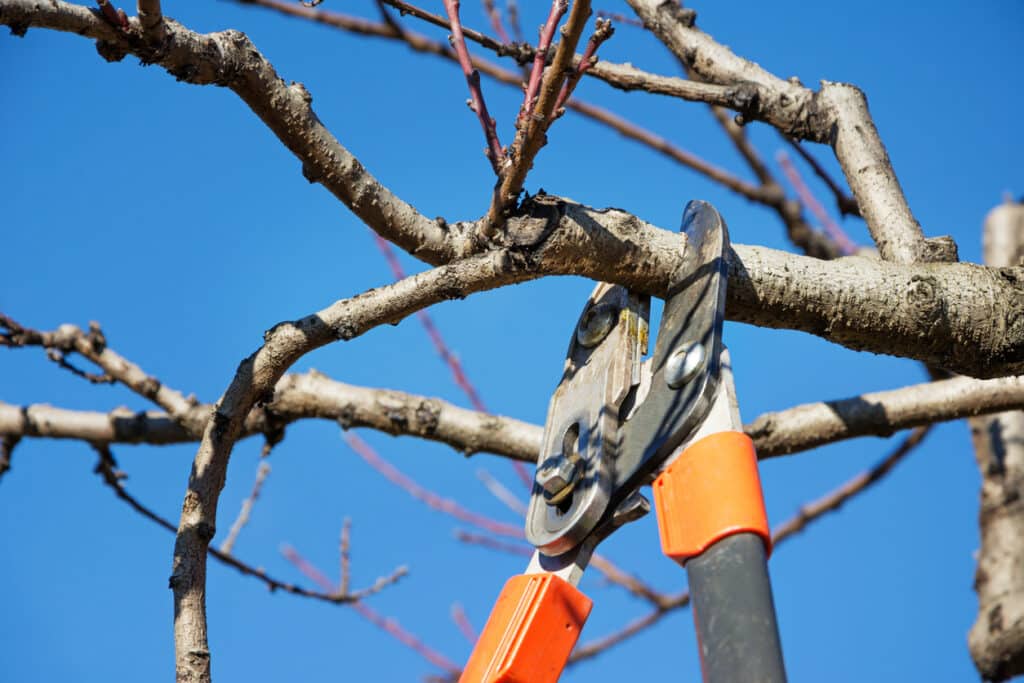Summer is the perfect time to enjoy the outdoors and bask in the beauty of nature. However, amidst the lush greenery, watching for dead or dying trees is essential. Dead trees threaten human life and property and harm the environment by spreading diseases and contributing to fire hazards. Therefore, it’s essential to identify and manage dead trees during the summer. In this blog, we’ll explore some ways to do just that.
Identifying Dead Trees
The first step in managing dead trees is identifying them. Here are some signs to look out for.
Perhaps the most obvious is a lack of leaves. If a tree does not produce any leaves during the summer, it could die. Another indication is discolored foliage. This could be a sign of disease or insect infestation. Peeling bark tends to signify decay or fungal infection. A tree with cracks or cavities in its trunk or branches could be alerting you to internal decay. When the trunk of a tree leans more than 15 degrees, you should suspect root damage. Finally, dead branches could be a sign of disease or insect infestation.
Managing Dead Trees
Once you have identified a dead or dying tree, it’s essential to manage it properly. Here are some ways to do that.
Hiring a professional arborist is best. They will have the knowledge and tools to safely remove the tree without causing damage to your property or the environment.
If a tree has dead branches, you can prune them off to prevent them from falling and causing damage. However, if the tree is completely dead, it’s best to remove it entirely.
Once you have removed the tree, it’s also essential to remove the stump. Stumps can attract pests and insects and can also be a tripping hazard.
After removing a dead tree, you can plant a new one in its place. This will not only help to beautify your property, but it will also contribute to the environment by providing oxygen and habitat for wildlife.
It’s also essential to monitor the health of other trees on your property. If one tree is dead or dying, it could signify a larger problem. For example, if several trees are dying, it could be a sign of a fungal infection or pest infestation.
Preventing Dead Trees
Preventing dead trees is the best way to manage them. Let’s discuss some ways to do that.
Watering and fertilizing your trees can help keep them healthy and prevent diseases and pests. Regular pruning can help remove dead or dying branches before they become a hazard. Regularly inspecting your trees for signs of disease, infestation, or damage can help catch problems before they become severe.
Finally, consider enlisting a professional. Hiring a professional arborist to inspect and maintain your trees can ensure they stay healthy and prevent them from dying.
Outstanding Tree Services for Residents of Salem
In conclusion, identifying and managing dead trees during the summer is crucial for the safety of humans and the environment. If you spot any signs of a dead or dying tree, visit us at Altar Tree Service for excellent tree pruning and trimming anywhere in Salem.





